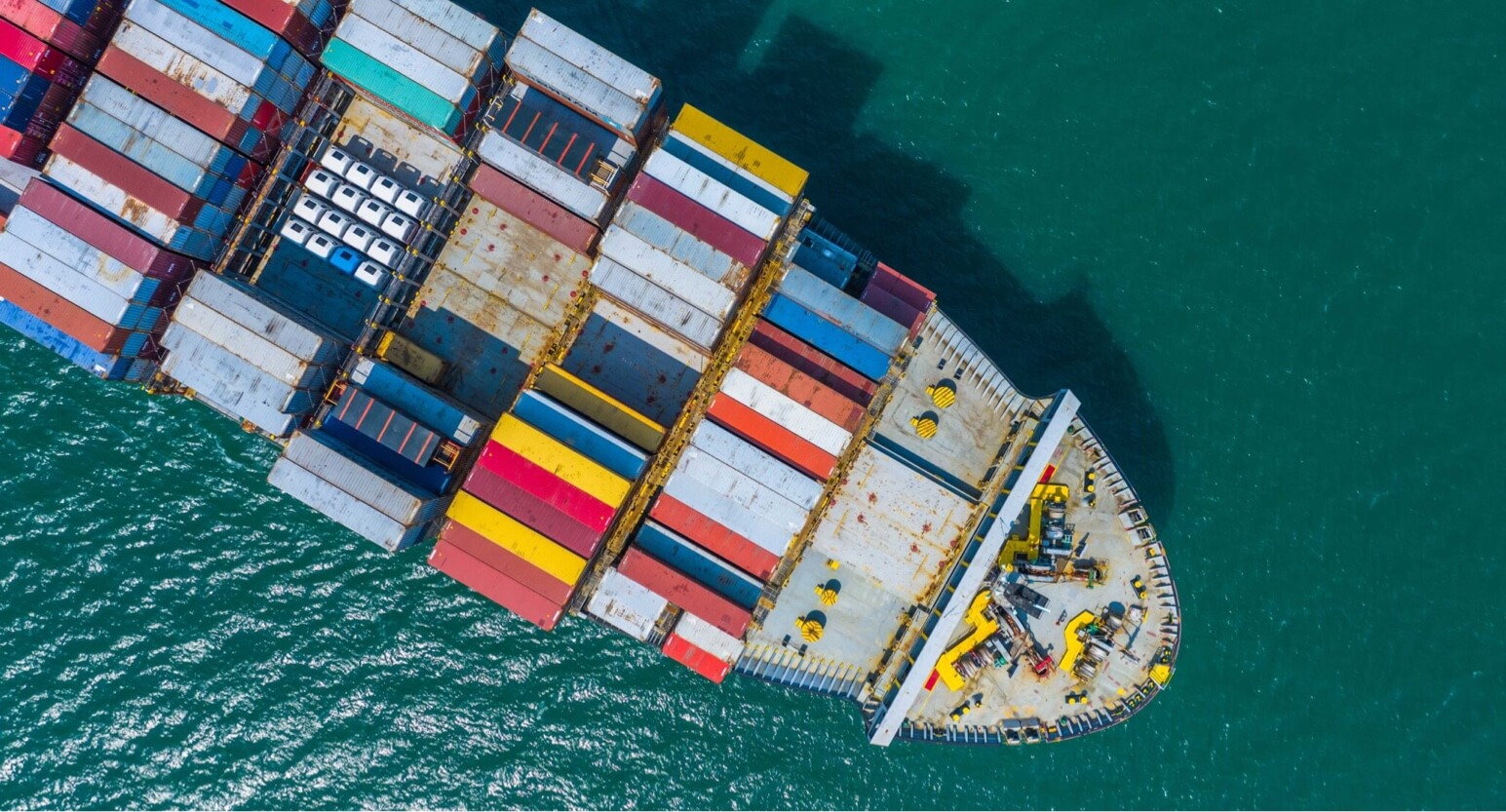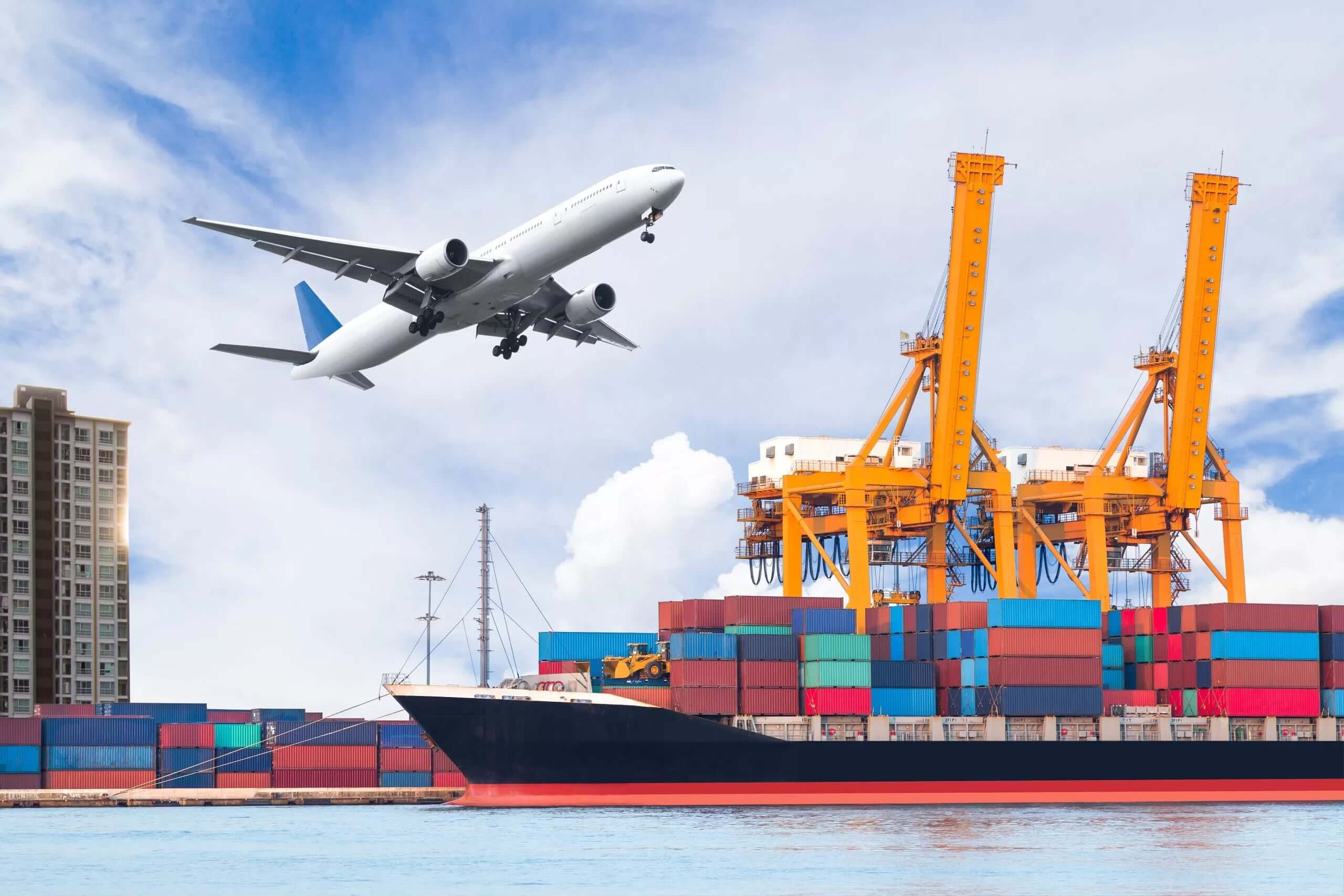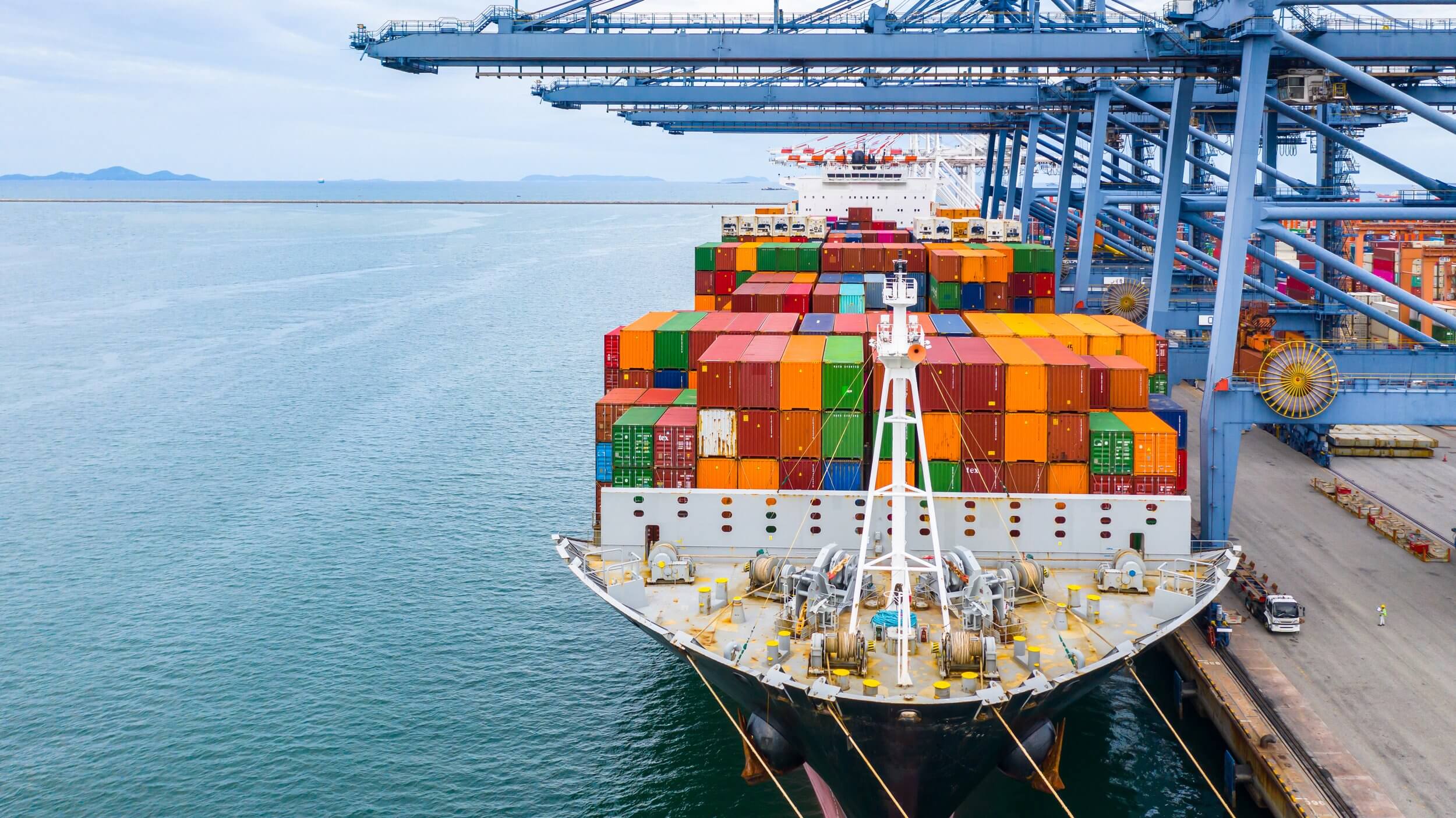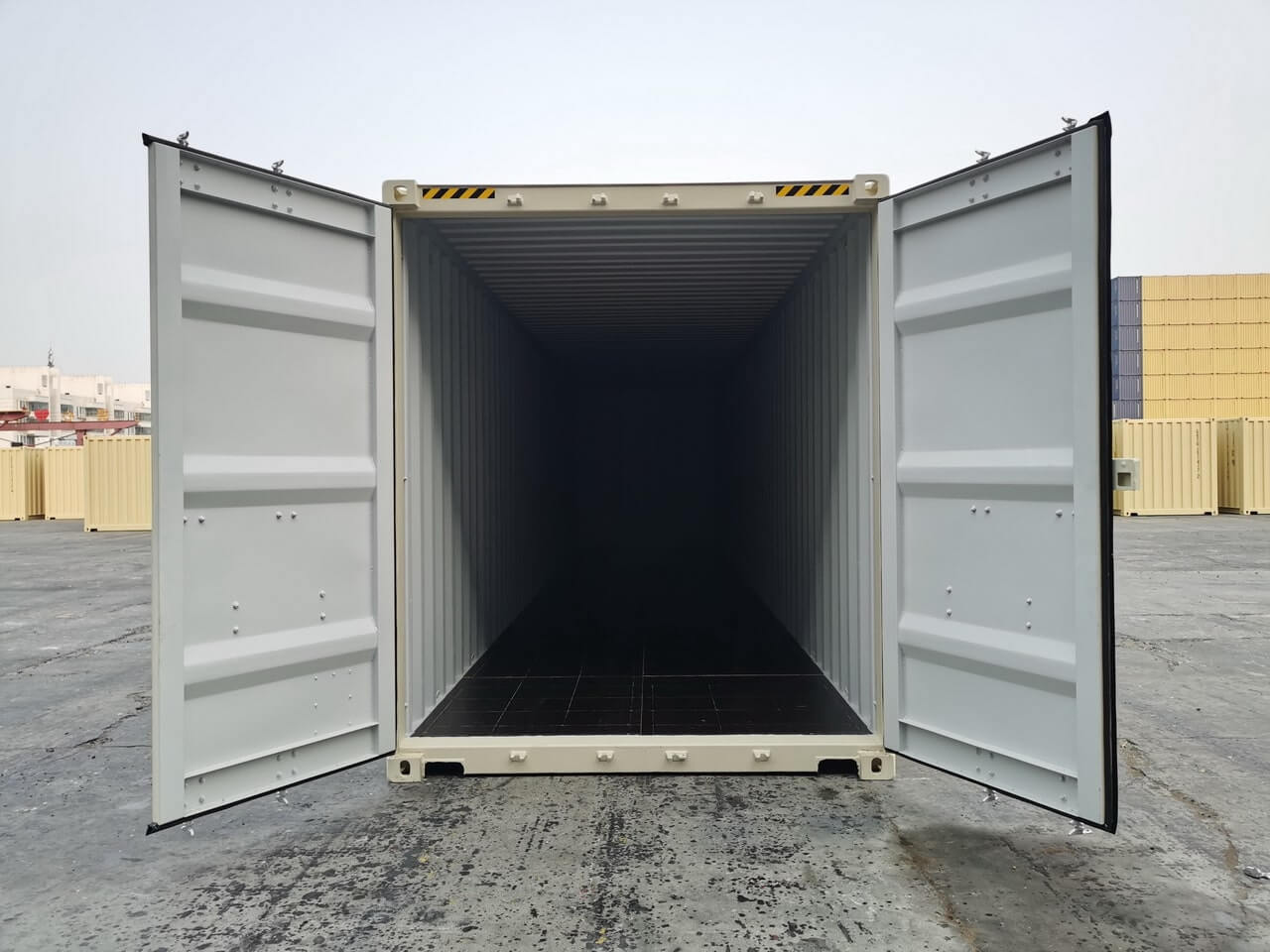
Container shipping is the backbone of global trade, facilitating the movement of goods across oceans and continents. This method of transportation has revolutionized the logistics industry, making it more efficient, reliable, and cost-effective. Whether you’re a business owner, a logistics professional, or just curious about how goods travel around the world, understanding container shipping is essential. In this article, we’ll explore the fundamentals of container shipping, including its benefits, processes, types of containers, and key considerations.
What is Container Shipping?
Container shipping refers to the transport of goods in standardized containers, which are typically made of steel and designed to be easily loaded, unloaded, and stacked on ships, trains, and trucks. These containers come in various sizes, with the most common being 20-foot and 40-foot lengths. The use of standardized containers simplifies logistics and ensures that goods can be transported seamlessly across different modes of transportation.
The Benefits of Container Shipping
- Efficiency and Speed: Container shipping allows for the quick and efficient handling of large quantities of goods. The standardized size of containers means they can be easily transferred between ships, trucks, and trains, reducing handling times and speeding up delivery.
- Cost-Effectiveness: By consolidating goods into containers, shippers can maximize space and reduce transportation costs. Containers protect cargo from damage and theft, further minimizing costs associated with losses.
- Versatility: Containers can transport a wide range of goods, including raw materials, manufactured products, and even perishable items. Special containers, such as refrigerated containers (reefers), are available for goods requiring temperature control.
- Security and Safety: Containers provide a secure environment for goods, reducing the risk of theft, damage, and contamination. Sealed containers also simplify customs inspections and clearance processes.
- Environmental Benefits: Container ships are among the most fuel-efficient modes of transportation, with lower emissions per ton of cargo compared to air or road transport. The use of containers also reduces the need for additional packaging, minimizing waste.
The Container Shipping Process
The container shipping process involves several key stages:
- Booking and Documentation: The shipper books space on a container ship through a shipping line or freight forwarder. Necessary documentation, such as bills of lading and customs declarations, is prepared.
- Container Loading: The shipper packs the goods into a container at a factory, warehouse, or container freight station (CFS). The container is sealed and transported to the port.
- Port Operations: At the port, the container is inspected, weighed, and loaded onto a container ship. Ports use specialized equipment, such as cranes and straddle carriers, to handle containers.
- Ocean Transport: The container ship transports the goods to the destination port. Modern container ships can carry thousands of containers, making them highly efficient for long-distance transport.
- Destination Port Handling: Upon arrival at the destination port, the container is unloaded, inspected, and cleared through customs. It is then transported to its final destination by truck or train.
- Delivery and Unloading: The container is delivered to the consignee, who unloads the goods. The empty container is then returned to the shipping line or container depot.
Types of Containers
There are several types of containers used in shipping, each designed for specific types of cargo:
- Standard Dry Containers: These are the most common containers and are used for general cargo. They come in 20-foot and 40-foot lengths.
- Refrigerated Containers (Reefers): Used for transporting perishable goods, reefers have temperature control systems to keep cargo at the desired temperature.
- Open Top Containers: These containers have a removable top, making them suitable for oversized cargo that cannot fit through the standard container doors.
- Flat Rack Containers: These have collapsible sides and are used for heavy or oversized cargo, such as machinery and vehicles.
- High Cube Containers: Taller than standard containers, high cube containers offer additional space for larger volumes of cargo.
- Tank Containers: Designed for liquid cargo, tank containers are used for transporting chemicals, oils, and other liquids.
Key Considerations in Container Shipping
- Container Selection: Choosing the right type of container is crucial for ensuring the safe and efficient transport of goods. Factors to consider include the nature of the cargo, temperature requirements, and dimensions.
- Shipping Routes and Transit Times: Different shipping routes have varying transit times and costs. Shippers should consider factors such as distance, seasonal weather conditions, and port congestion when planning shipments.
- Customs and Compliance: Understanding the customs regulations and compliance requirements of both the origin and destination countries is essential. Proper documentation and adherence to regulations help avoid delays and fines.
- Freight Rates and Costs: Freight rates can vary based on factors such as container size, cargo type, and shipping routes. Shippers should obtain quotes from multiple carriers and consider additional costs, such as terminal handling charges (THC) and fuel surcharges.
- Insurance: Insuring the cargo against potential risks, such as damage, loss, or theft, is advisable. Cargo insurance provides financial protection and peace of mind.
Conclusion
Container shipping is a vital component of global trade, enabling the efficient and secure transport of goods across the world. With standardized containers, diverse types of cargo can be transported seamlessly through various modes of transportation. Understanding the container shipping process, the different types of containers, and key considerations can help shippers make informed decisions and optimize their logistics operations.
If you need assistance with your container shipping needs, contact RAM International Shipping. Our experienced team is here to provide expert guidance and comprehensive services to ensure your goods reach their destination safely and on time. Get in touch with us today to learn more about our container shipping solutions!



